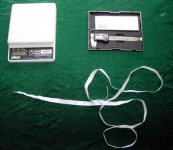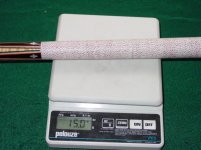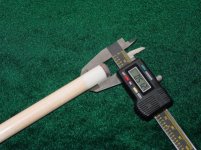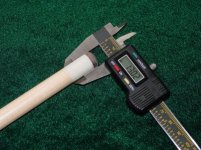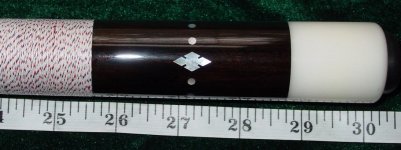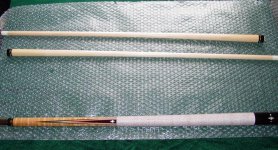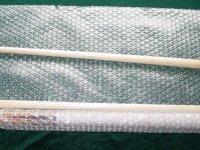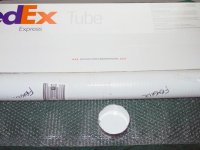I'll start this thread with some basic cue information and we'll see where this thread goes.
The first picture is of the basic tools required for describing a cue and taking measurements. I use a digital postal scale, a digital caliper (sorry) and a seamstress tape, or sewing tape.
JV
The first picture is of the basic tools required for describing a cue and taking measurements. I use a digital postal scale, a digital caliper (sorry) and a seamstress tape, or sewing tape.
JV
Attachments
Last edited:
